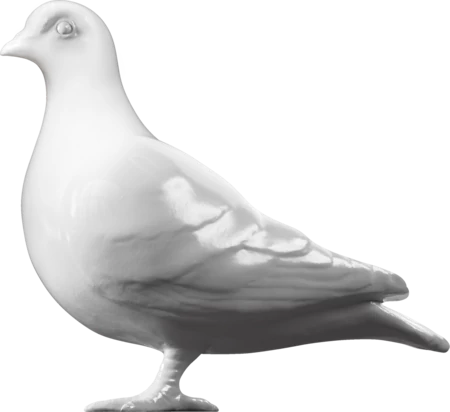Working History — 1864
Musket
This musket was one of 14,000 manufactured by the Royal Small Arms Factory (RSAF) at Enfield Lock for issue to Indian infantrymen serving with the British Army. The barrel features Enfield view and proof marks, the RSAF India Inspector's mark and a Persian inscription [translation 'Number 106']. The musket would probably have been issued to a soldier serving in territory which is today part of Pakistan, or possibly Afghanistan, where Persian is spoken. With its heavy, smooth-bored barrel and simplified block sight, this 1859 pattern musket was technologically inferior to the Enfield rifles issued to British troops at the time. This was part of a calculated policy of damage limitation in the event of further rebellion in the wake of the Indian Mutiny (1857-1859) or the First Indian War of Independence.
The Enfield Lock site was purchased by the Board of Ordnance for gun barrel manufacture on 11 January 1812 to replace its 'manufactory' at Lewisham. The original site was designed by Captain John By and became operational in 1816. The trend toward the industrial production of firearms with interchangeable parts was accelerated by the failure of the system around the Tower of London to meet the demands of the British military during both the American War of Independence and the French Revolutionary and Napoleonic Wars. The standardisation of British military weapons in the 18th century meant the inspectors at the Tower of London were increasingly rejecting components made in the small workshops of Ordnance contractors around the Tower of London and in Birmingham. The supply of components from private contractors diminished and during the American war arms had to be purchased from manufacturers in Liège. The problems of military arms procurement compromised British national security and forced the Board of Ordnance to act by developing new sites and modes of production.
This process was accelerated by the display of American rifles manufactured with interchangeable parts at the 1851 Great Exhibition. The following year a British delegation led by Colonel Burn, Assistant Inspector of Artillery at Woolwich, travelled to the United States to bring back an example of every model of machine used in American gun factories. The British government authorised the purchase of American machinery for the 'new small arms manufactory' at Enfield on 18 February 1854 and the new site took the name RSAF on 21 July 1855.
Production of the main British Army service weapon, the 1853 pattern Enfield musket, began in September 1855. The Board of Ordnance spent £240, 593 on establishing the RSAF between January 1854 and March 1857. The import of American machinery stimulated the production in the British machine tool industry and meant that the RSAF was able to manufacture five times the number of military weapons as the other British gun factories by 1860. Production costs were also lower than the private London gun trade and competitors in Liège. The success of Enfield meant Birmingham factories adopted the same mass production methods. Between 1859 and 1864, the year that this musket was produced, the RSAF made 423, 939 weapons. Enfield methods also attracted international interest with visits from Italian, Sardinian, Russian and French delegations. The RSAF itself displayed weapons at the 1862 International Exhibition in South Kensington.
- Category:
- Working History
- Object ID:
- 2013.12
- Object name:
- musket
- Object type:
- Artist/Maker:
- Royal Small Arms Factory
- Related people:
- Related events:
- Related places:
- Production date:
- 1864
- Material:
wood, brass, steel
- Measurements/duration:
- H 55 mm, L 1400 mm, D 200 mm (lying flat)
- Part of:
- —
- On display:
- —
- Record quality:
- 100%
- Part of this object:
- —
- Owner Status & Credit:
Permanent collection
- Copyright holder:
digital image © London Museum
- Image credit:
- —
- Creative commons usage:
- —
- License this image:
To license this image for commercial use, please contact the London Museum Picture Library.
